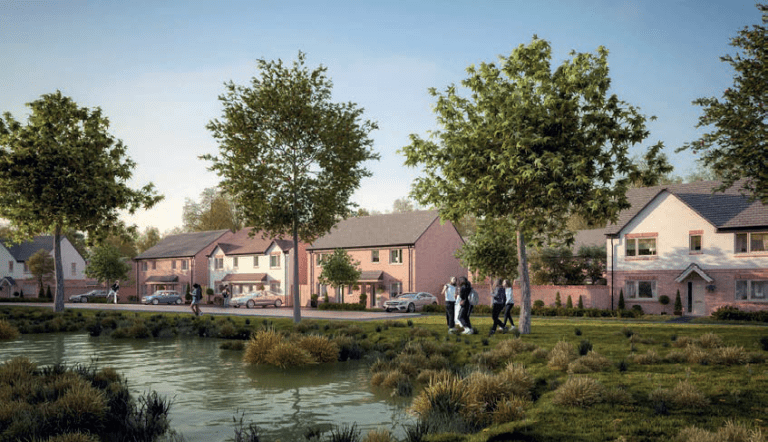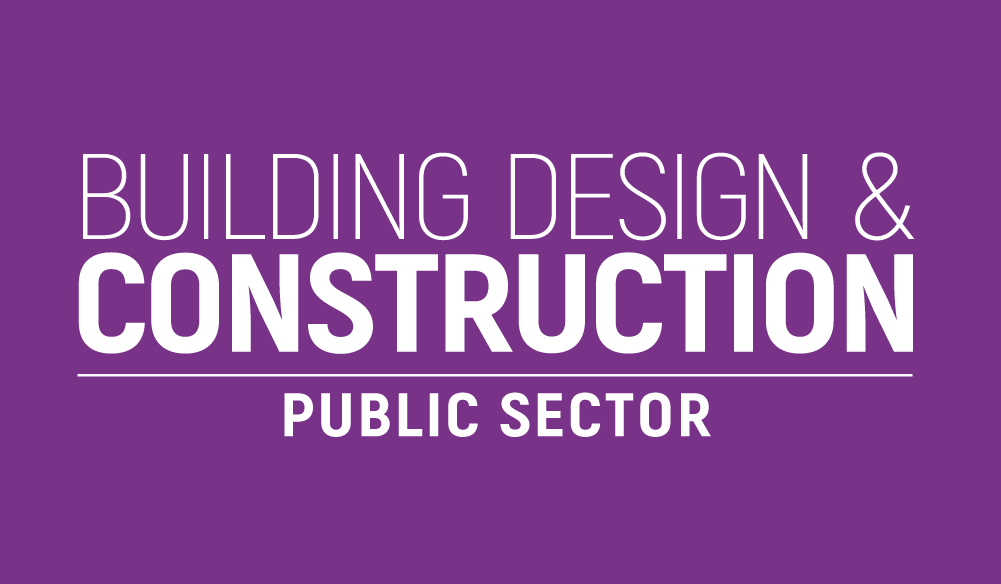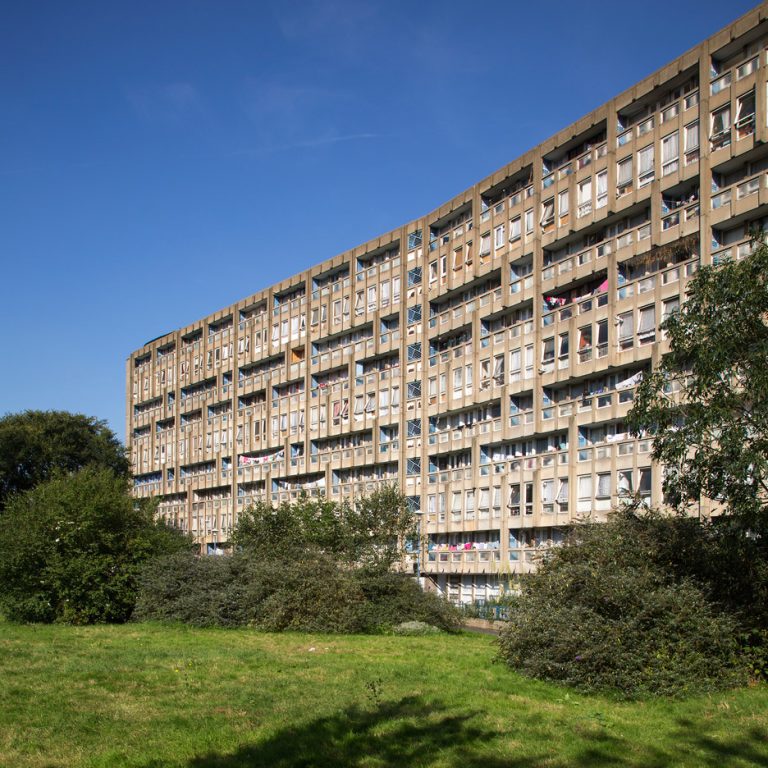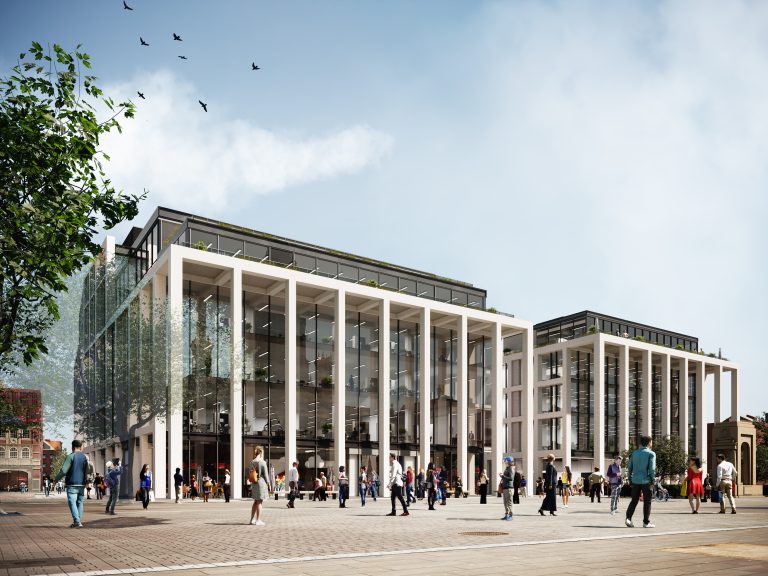An £80 million scheme to revitalize the heart of Telford is set to take the spotlight at a significant national development and investment event. Telford & Wrekin Council’s ambitious plan to rejuvenate the core of Telford – by establishing a dynamic new residential, educational, and business community, complete with an academic campus focused on digital skills and enterprise – will be featured at UKREiiF next month. This three-day event, held in Leeds, brings together key figures from the public sector alongside government officials, developers, housebuilders, international investors, and funders. The investment and potential of the borough’s flagship Station Quarter development will be explored by a panel of decision-makers and industry leaders on May 22 as part of the Midlands Engine pavilion, showcasing a £42 billion investment portfolio. Panel members will include Telford & Wrekin Council leader and LGA Chair Cllr Shaun Davies, Harper Adams University Pro-Vice-Chancellor Dr. Simone Clarke, Stuart Penn, regional managing director for leading housebuilder Lovells, and Anette Simpson, director of development and partnerships from Legal and General. During the session, attention will be given to how Telford has embraced the opportunities of the technological revolution to establish a cutting-edge education hub, fostering new partnerships between the public sector, further and higher education, and the business community. Councillor Davies stated: “Our transformation of Station Quarter will pioneer a new model of inter-generational town centre living alongside an innovative, easily accessible academic campus anchored by The Quad, offering learning pathways to individuals of all ages, from school to higher education, with a focus on digital skills. “This ambitious and dynamic transformation will establish a truly integrated residential, educational, and business community, providing a vibrant and connected lifestyle that will serve as the foundation of the town’s future.” The panel, chaired by Amy Bould, managing director of Newport-based strategic communications consultancy Be Bold Media, will also delve into the opportunities presented by The Quad – a unique collaboration between the council, Harper Adams University, Telford College, and others, aimed at creating a state-of-the-art digital skills and enterprise hub. Councillor Davies added: “The Quad will redefine education, business innovation, and digital skills provision in this region. It will equip individuals with the skills necessary for the digital era, offering start-up and incubation space to nurture great ideas into successful businesses. “Modern, sustainable housing, high-quality commercial premises, and green spaces will all contribute to building a thriving community that embodies the future of our youthful town. “We believe this development model could benefit many other towns and cities across the country and also presents a significant opportunity to attract further investment into the borough. “By showcasing the scheme at UKREiiF, we aim to highlight both the opportunities offered by our plans and the broader approach to regeneration, education, training, and business partnerships we are adopting to create an innovative and dynamic borough.” The Quad is scheduled to open in September 2024 and is expected to accommodate over 300 students annually. Further phases of the Station Quarter have already received planning approval, and de-risked by phase 1 infrastructure investment, they offer immediate opportunities for residential, leisure, and commercial development. UKREiiF will take place from May 21-23 and is anticipated to draw over 10,000 attendees, including 1,500 investors, 250 local authorities, and 1,500 developers. Building, Design & Construction Magazine | The Choice of Industry Professionals














